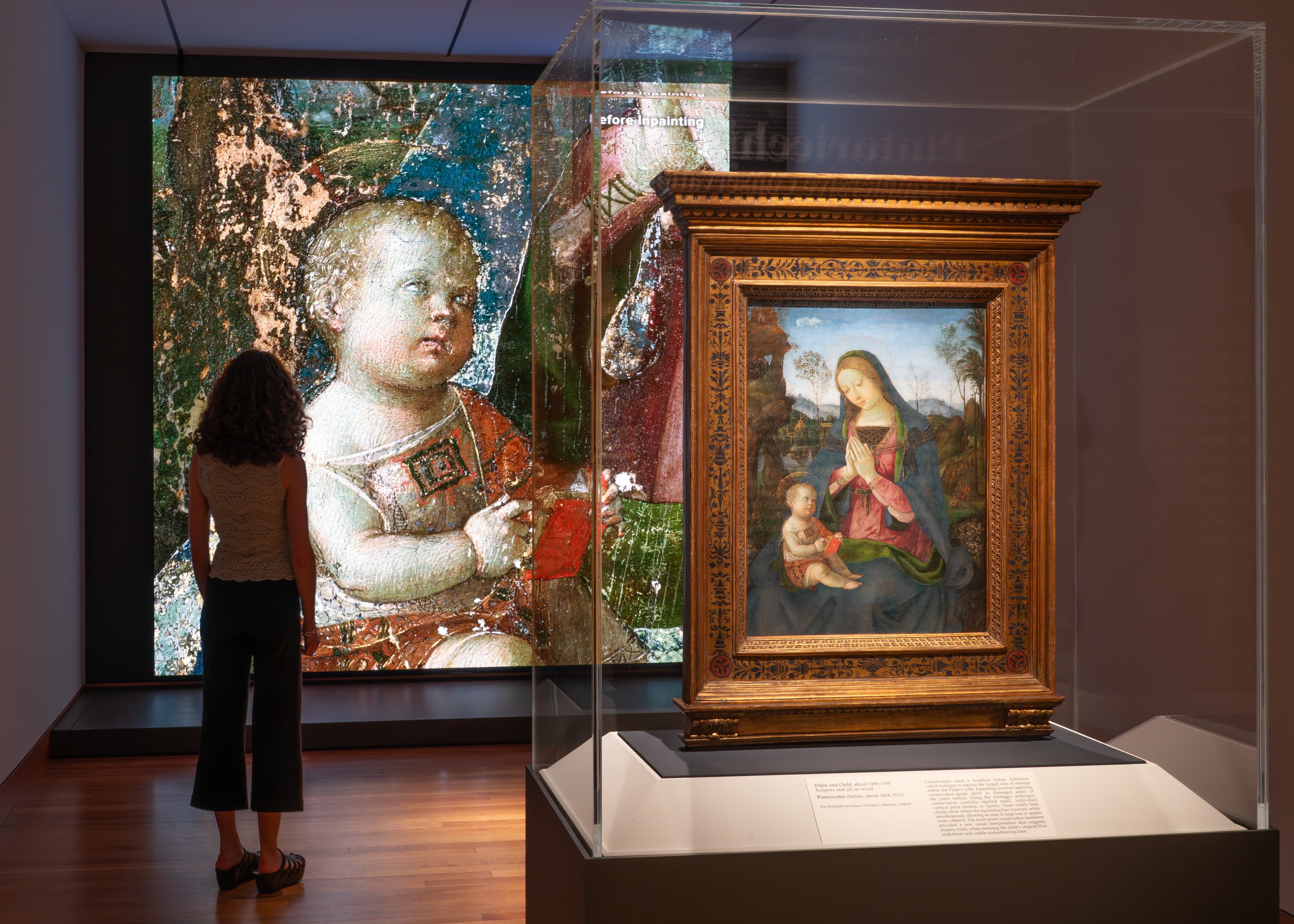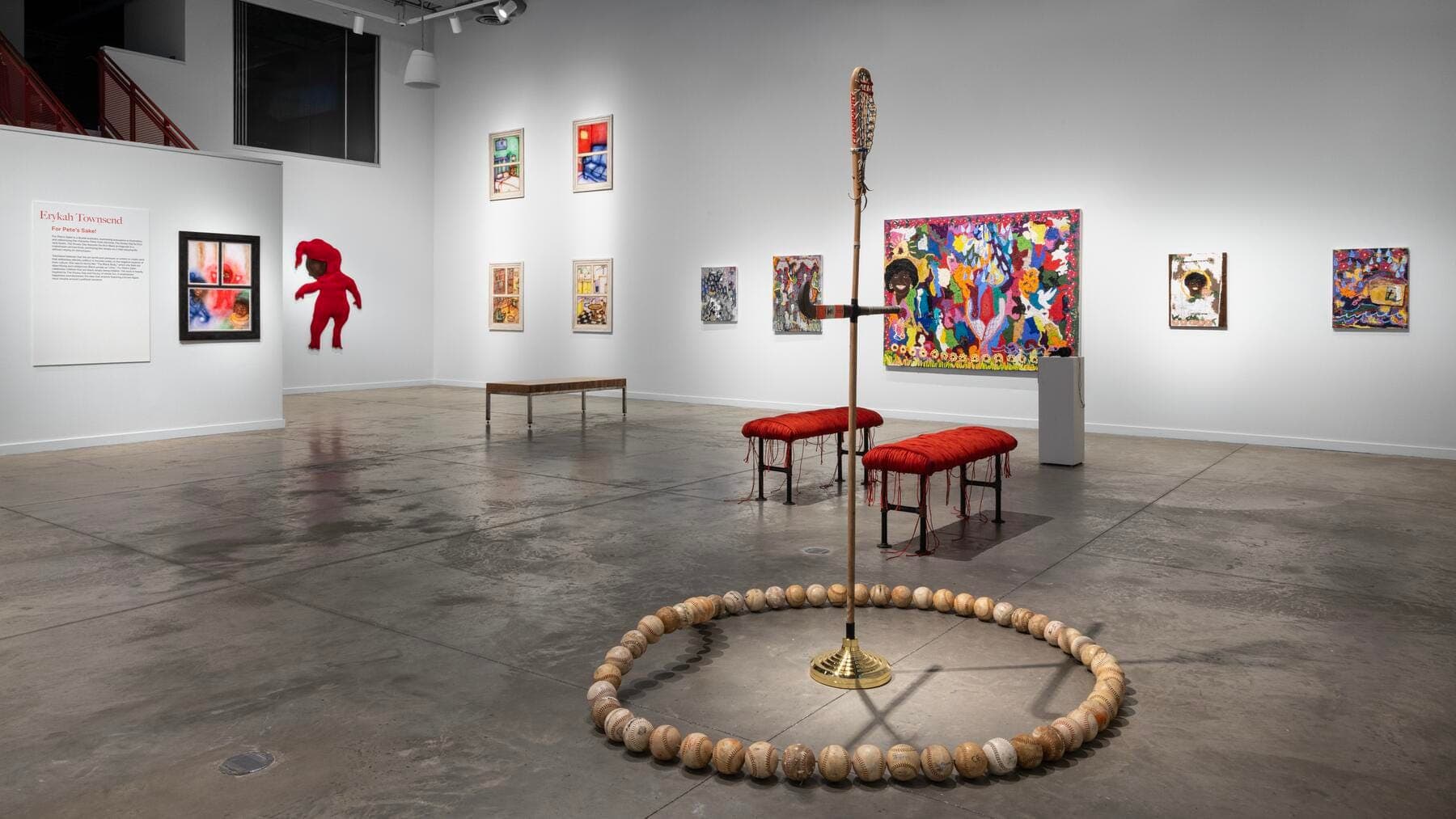What's On
What's On Categories
Filters
Showing 39 of 39 results
Renaissance to Runway: The Enduring Italian Houses
Tags For: Renaissance to Runway: The Enduring Italian Houses- Special Exhibition
- Featured
Date:Nov 9, 2025 – Feb 1, 2026
Location:003 Special Exhibition Hall
Pintoricchio Magnified: An Immersive Conservation Experience
Tags For: Pintoricchio Magnified: An Immersive Conservation Experience- Immersive Exhibition
- Featured
 Date:
Date:Aug 10, 2025 – Aug 23, 2026
Location:115 Manuscripts and Textiles
Filippino Lippi and Rome
Tags For: Filippino Lippi and Rome- Special Exhibition
- Featured
 Date:
Date:Nov 26, 2025 – Feb 22, 2026
Location:010 Focus Gallery
Ann Hamilton: still and moving • the tactile image
Tags For: Ann Hamilton: Still and Moving • the Tactile Image- Special Exhibition
- Featured
 Date:
Date:Dec 14, 2025 – Apr 19, 2026
Location:229C Contemporary,
230 Photography
In Vino Veritas (In Wine, Truth)
Tags For: In Vino Veritas (in Wine, Truth)- Special Exhibition
- Featured
 Date:
Date:Sep 7, 2025 – Jan 11, 2026
Location:101A–B Prints and Drawings,
100 1916 Lobby
American Printed Silks, 1927–1947
Tags For: American Printed Silks, 1927–1947- Special Exhibition
- Featured
 Date:
Date:Nov 9, 2025 – Nov 8, 2026
Location:234 Textile Gallery
New Work: FRONT Fellows Show
Tags For: New Work: Front Fellows Show- Special Exhibition
- Final Week
 Date:
Date:Oct 2 – Dec 27, 2025
Location:Transformer Station
Indian Painting of the 1500s: Continuities and Transformations
Tags For: Indian Painting of the 1500s: Continuities and Transformations- Gallery Rotation
 Date:
Date:Mar 15, 2025 – Jan 11, 2026
Location:242B Indian Painting